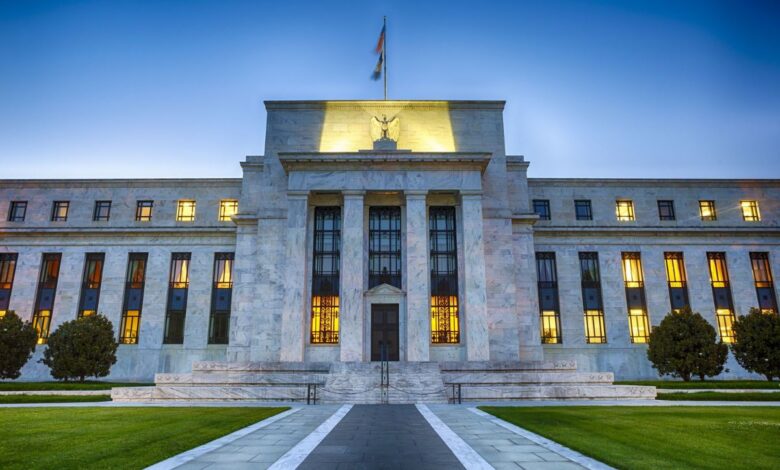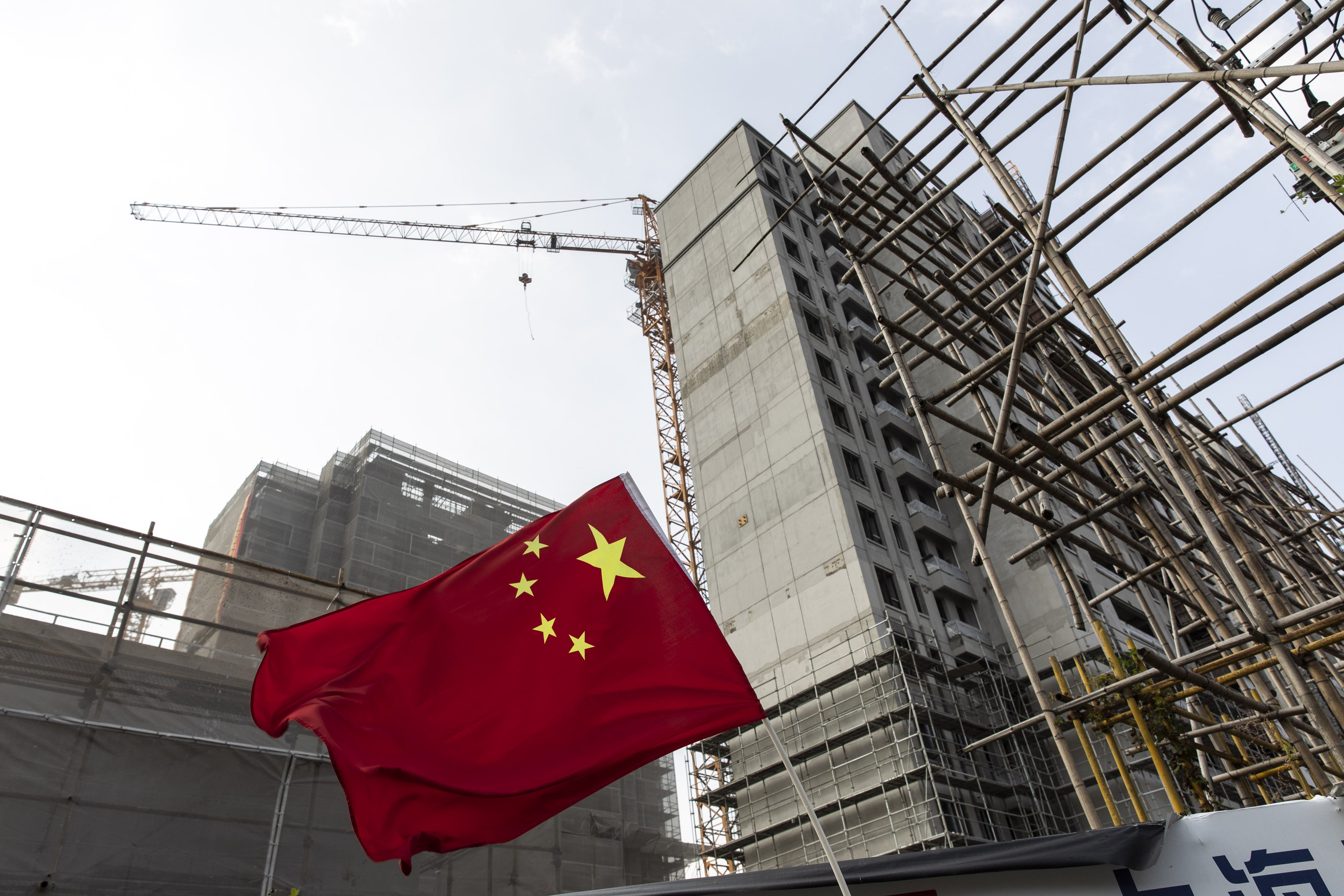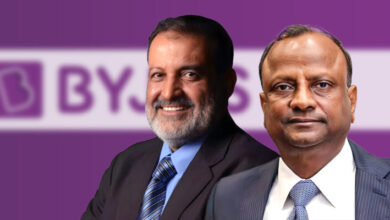The Fed has become like a bull in a china shop, according to Smartkarma research

In response to rising prices, Prints
The CPI and PPI reports for June came in higher than expected. The good news is that the core CPI is going down, and the bad news is that both core sticky price CPI and Owners’ Equivalent Rent, about one-third of core CPI, are rising quickly.
The readings back up what the market thinks: the Fed will keep tightening until something breaks.
In a sense, the Fed is acting like the proverbial bull in a china shop.
Forward Guidance’s Bold Words
People say that no battle plan can survive meeting the enemy. The Fed’s plan to fight inflation right now is to be “resolute.” A recent article in the WSJ showed that the Fed is worried about a repeat of the “stop and go” inflation of the 1970s.
Fed officials want inflation pressures to go down quickly, so they don’t have to raise interest rates above 4% or 5%. But they also use words like “fortitude,” “resolute,” and “bumpy road” to show that they know the risks of inflation that don’t go away.

In a webinar with private-sector economists, Fed governor Christopher Waller said last week, “This kind of worry that the committee will have a stop-and-go policy like in the 1970s is just not going to happen.”
Officials are worried that the way people think about inflation is changing to make businesses and consumers keep paying more. So that these expectations don’t come true, the Fed is now saying and doing things it hopes will shock the public and make them stop thinking inflation will stay high.
Brave words indeed. The main question is whether or not the enemy will be able to stop the plan. Financial stability is the name of this enemy. History shows that even Paul Volcker gave in when the Mexican Peso crisis put the U.S. banking system on the edge of bankruptcy.
Will things be different this time?
The standard policy view is that there is no way out of aggressive rate hikes after reports of high inflation. On the other hand, the market has changed from expecting rate hikes to happen in a straight line to expecting rate hikes to happen earlier than expected in 2022, a plateau to happen early in 2023, and rate cuts by the middle of next year. In other words, something is going to break soon.
Rising Emerging Market Instability

Here are the latest news stories from the world’s financial markets. Sri Lanka was going through a foreign currency crisis, which led to riots. The government fell because of protests over rising food and fuel prices. Last week, there were protests in Tirana, the capital of Albania, because of rising prices.
The USD is rising because investors are buying it as a haven, putting pressure on weak EM economies. When the value of the greenback goes up, it imports deflation because the cost of imports goes down. However, it exports inflation to America’s trading partners by increasing their prices.

In a Bloomberg article, El Salvador, Ghana, Egypt, Tunisia, and Pakistan were named as countries most likely to go bankrupt. The WSJ made similar warnings and said that Lebanon and Zambia are “already in the middle of crises.” Fitch also dropped Turkey’s rating one more level, to B, five levels below investment grade.
The Financial Times said that EM debt repayments are having their worst year ever. This is a classic way to cause a debt crisis in an EM country.
Rising European Instability
Europe’s situation isn’t much better. Inflation is all around us. The Nord Stream 1 gas pipeline is down for maintenance, and people in European capitals are worried that Russia will use downtime to stop gas flows to punish the EU for helping Ukraine in the war.
Robin Brooks from IIF did say that turning off the gas has both good and bad effects. Even though the impact of a Russian gas embargo has been studied, the different products it has on Russia, Germany, and Europe aren’t considered.
What isn’t being talked about in Germany’s debate about an energy embargo is how unfair it would be. Russia is a place to get gas. If you ban energy, the gas station will close, and the GDP will fall. Germany will be hurt, but not nearly as much.
BASF and Dow Chemical’s relative performance, measured in USD, shows how energy costs are getting more and more different. Before the war, the relative performance of the two stocks (bottom panel) had been pretty stable. When the war started, BASF fell behind DOW and is still falling behind. If Russia completely cuts off gas to Europe, harsh rationing measures will be implemented. Households will be prioritized over industrial users, and the difference in performance between BASF and the Dow will worsen.
In the big picture, the markets show that people are worried about the war between Russia and Ukraine again. The performance of MSCI Poland, which is a proxy for the geopolitical risk premium, has broken through a relative support level against the Euro STOXX 50 and MSCI All-Country World Index (ACWI).
Because of all these things, the ECB is in the challenging position of tightening when the economy might be going down. The USD is at its highest level against the GBP in 40 years, and the EURUSD reached parity for the first time in 20 years. The ECB is likely to decide on interest rates next week. Christine Lagarde has suggested a 25-bp increase, but there is growing pressure for a 50-bp growth.
China’s problems are getting worse.
Instability risks are also growing in China. China’s GDP growth in the second quarter was lower than expected, coming in at -2.6 percent.
The numbers for the trade surplus were a bit of a mixed bag. The good news is that China’s trade surplus jumped to a record US$97.9 billion in June as exports grew by 17.9%. However, the strength of exports is likely to weaken as the Fed tightens monetary policy to kill demand. The bad news is that imports only grew by 1% because consumer demand was weak, which shows that the household sector is vulnerable.
Even though PMIs are going up again and fiscal front-loading is a warning sign for the property market, the Chinese high-yield bond market is still falling. More and more home buyers are joining a boycott on mortgages for projects put on hold, making investors nervous. Protesters in Zhengzhou fought with police over frozen funds in four rural banks, and this is another sign that people are getting more worried about money.

A recent PBOC survey found that household income expectations and investment plans were at their lowest levels while they intend to save at their highest levels. Also, the latest outbreaks caused by Omicron and the measures taken to stop them have significantly damaged their incomes. This has cast doubt on the health of the Chinese economy and could make it harder for the government to spend money to boost the economy.
The Financial Times said that Western investors put a record amount of money into Chinese equity ETFs in June. The rush of foreigners to buy Chinese stocks could be a disaster.
Playing chicken?
In conclusion, the Fed knows its tight monetary policy could cause a recession, but its main and only goal is to fight inflation. The U.S. economy is still strong because business and personal balance sheets are strong compared to the past, and this is not true in many other countries.
Even though Fed speakers say they are determined to bring inflation down, the market shows that stress is growing. If the 10-year Treasury yield goes down, which is a sign that growth expectations are going down, and HY spreads go up, which is a sign that credit conditions are getting tighter, this could not be good for financial stability.
After the hot CPI and PPI report, it is not surprising that Fed Funds futures expect the Fed to move up rate hikes, but the terminal rate will stay the same at 350–375 bp, and rates will fall by mid-2023.
July meeting expectations change from a 75-bp move that is almost certain to a 100-bp activity with a one-third chance of happening.
A 75-bp increase at the meeting in September. The target rate stays the same at the meeting in November.
At the December meeting, a final 350–375 bp rate is set, and swiftness is cut by the middle of 2023.




